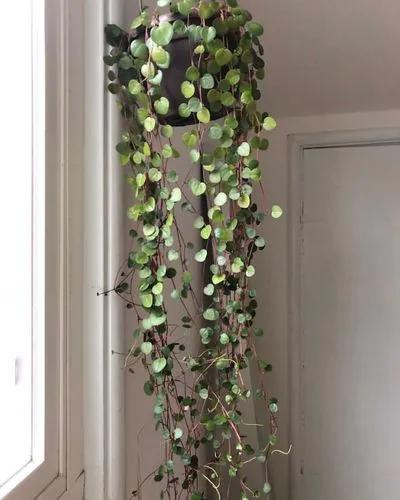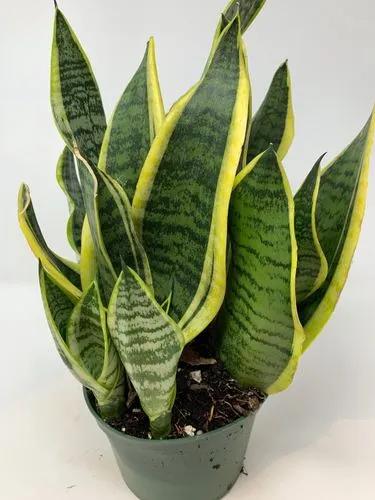Dieffenbachia Maculata is a popular leafy plant that usually serves as a decoration for home or office. Its unique leaf pattern enchants plant lovers; however, you should be cautious when growing this greenie as all parts of Dieffenbachia are toxic to humans and pets.
Dumb Cane Care
Dieffenbachia seguine



Commonly known as Dieffenbachia Maculata or Dumb Cane, Dieffenbachia seguine is a perennial member of the Araceae family. This leafy plant is native to tropical rainforests of the Caribbean and South America. In its natural habitat, the plant can grow up to 6-10 ft (2-3 m), but as a houseplant, it can reach only 1-3 ft (30 cm-1 m) in height. The plant has broad ovate-shaped green foliage with a unique light pattern. The leaves can reach up to 12 in (30 cm) in length. Despite the plant’s toxicity, the foliage is very gentle to the touch, and it can wilt easily if the humidity level in the dwelling is low.
How to Care for the Plant

Water

Just like most tropical counterparts, Dumb Cane loves a consistently moist growing medium. It shouldn’t be wet in any case. Give the plant a drink once the topsoil feels dry to the touch. Remember to empty the saucer after each watering so as not to let the plant reabsorb the drained moisture.

Pruning

Spring is the best time for pruning Dumb Cane. Remove the damaged or yellowed foliage with a sterile pruning tool. As the plant matures, the lower leaves turn brown, and it’s a good practice to pinch them off. If the plant has grown too tall, simply prune it, leaving a 6 in (15 cm) tall stem.

Fertilizer

This leafy greenie would benefit from a regular balanced extra feeding. Nourish Dieffenbachia monthly with a diluted to the half-recommended dose 20-20-20 NPK fertilizer during the spring-summer growing season. The plant shouldn’t be fertilized in fall and winter.

Sunlight

It’s best to keep Dumb Cane away from harsh sunlight. The plant is protected from direct sunlight by other trees in its natural habitat, so our task is to recreate similar conditions. Keep the greenie in a bright place with ample or indirect sunlight to make it happy.

Soil

A well-draining and nutrient-rich soil is what Dieffenbachia Maculata enjoys. If the ground seems too dense, it can be amended with some sand or perlite. A soil mix with 5.5-6.5 pH will be perfect for this plant.

Propagation

The most popular way to propagate Dieffenbachia is root division. Gently unpot the plant in spring and divide the roots, leaving 3-4 leaves on each part. Then, plant the new greenies in a fresh potting mix and water them regularly to help the little Dieffenbachias enroot.

Temperature

It’s best to keep the plant in a warm 60-80°F (16-27°C) temperature range. Since the humidity level in Dieffenbachia's native region is higher, it’s recommended to mist the plant regularly or introduce a humidifier to create the most favorable conditions for this greenie.

Container

It’s best to grow Dieffenbachia Maculata in a pot twice as big as the plant’s current root ball. This will allow some room for growth. The pot should have at least one drainage hole in the bottom to allow excess water to flow out easily. It’s also recommended to use a pot made of plastic or glazed ceramic, as such materials will not let moisture evaporate too quickly.

Fun fact

Dieffenbachia is also metaphorically known as Mother-in-law's Tongue due to its toxicity. All parts of the plant are poisonous to humans and pets; thus, consuming the plant should be avoided in any case.

Popularity

290,198 people already have this plant 22,548 people have added this plant to their wishlists

Common pests

Common pests like spider mites, mealybugs, and scales can munch on the juicy Dieffenbachia leaves. As soon as you notice any gnawed foliage or webbing, treat the plant with neem oil or an insecticide from a local garden store.

Frequent diseases

Excess watering is a key to root rot and bacterial leaf spot. It’s important to maintain a regular watering routine to avoid such issues. If the plant gets infected, remove the damaged parts and treat it with a fungicide.

Botanist’s tips

Discover more plants with the list below
Popular articles






